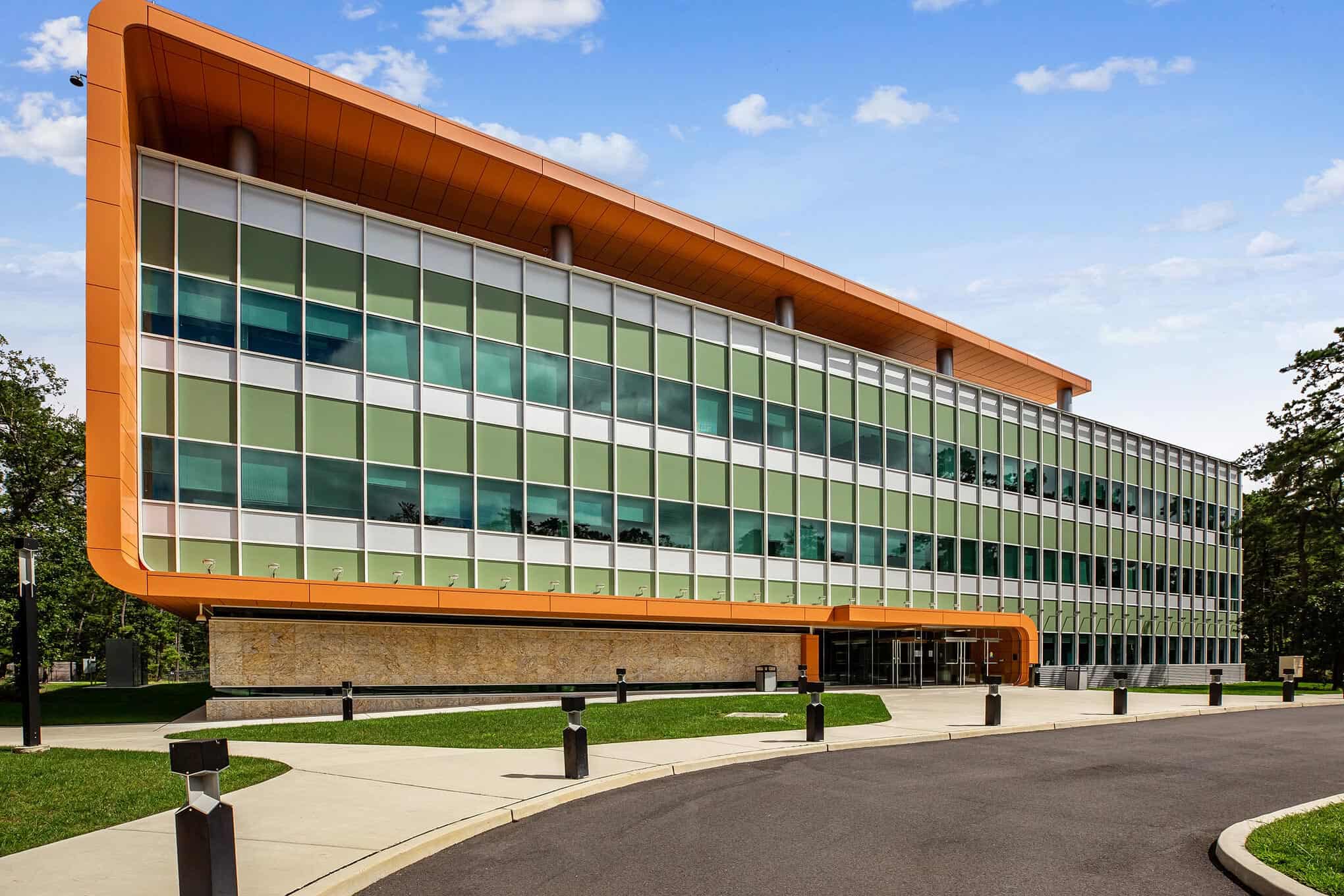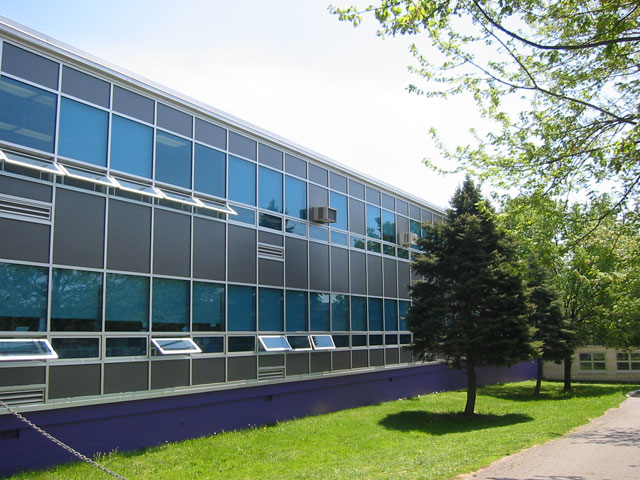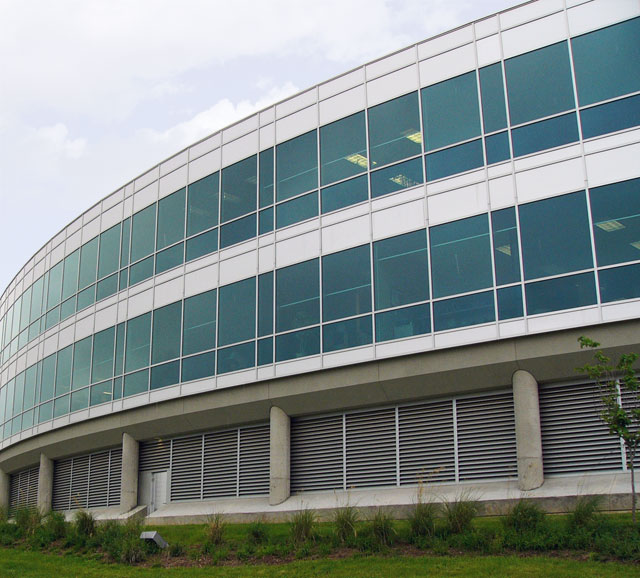Exploring the Versatility of Panels in Modern Construction

Architectural panels can help architects balance great design with sustainability and energy efficiency. They are versatile enough to match a wide range of design preferences and durable enough to withstand the elements.
Each panel type serves a unique purpose, allowing architects to bring their visions to life. This guide explores the different types of panels available, as well as their benefits.
Understanding Different Types of Panels

Using different types of architectural panels makes it easy for architects to incorporate modern design trends into energy-efficient buildings. From soffits and fascia to glazing panels and more, the type of panel you choose will depend on your project, location and more.
Soffits and Fascia Panels
Facia, the horizontal board on a roof’s edge, is designed to add support to the roof and help hold the roofing in place.
Soffit, the material located underneath the fascia and eaves, is designed to keep rain and snow away from the roof. Some soffit panels are vented — these let air come through, which can provide essential ventilation to prevent moisture build-up.
Glazing Panels
The glazing system incorporated into a building plays a significant role in the building’s efficiency and aesthetic appeal.
Modern design calls for modern glazing panels that offer the strength of tempered glass panels and aluminum panels with finishes like metallic tones and tinted glass in on-trend shades of gray, dark blue and dark green.
Infill Panels
Infill panels of various thicknesses can be inset into standard glazing openings in buildings to provide support, act as cladding and pad out existing shapes to improve the overall appearance of the building.
Mapes Infill Panels have five layers, including an outer aluminum skin laminated to a substrate with an interior insulated core. Different substrates and insulation materials can be used depending on the needs and requirements for the project regarding R-values, fire rating, impact resistance, and moisture protection. These panels provide superior insulation and protection without adding much to construction costs.
Benefits of Architectural Panels
When choosing the material, color and style of architectural panels, consider their individual features to determine which type is best for your project.
Energy Efficiency
Architectural panels with high R-values, like Mapes R+ Panels, increase a building’s efficiency and keep the interior more comfortable for the people inside.
Energy-efficient architectural panels are essential for modern office buildings, large apartment buildings and other structures that depend on energy efficiency for lower costs and a higher comfort level.
Strength and Durability
Whether it’s infill panels to fill in gaps or soffits made from durable and weather-resistant aluminum, all the product choices made in the building process matter.
Architects can count on dense aluminum architecture and glass panels to provide strength and style.
Style
Designing a building is about more than just durability. Whether it’s designing a building to fit into an existing aesthetic, crafting a building that can be customized for a particular brand identity or creating a unique signature architectural design, designers need customizable architectural panels.
Fortunately, architectural panels from Mapes are customizable and are designed to limit the visibility of floor lines, ensuring that architects will not have to sacrifice design quality for durability or performance.
Get Expert Advice For Your Next Architectural Project

Innovative design isn’t just a trend. It’s a necessity. Mapes architectural panels have the design options that architects want and the strength and durability necessary for longevity.
With more than 70 years of experience creating architectural products that combine time-tested materials and cutting-edge production with design trends, our team can help you choose the right Mapes products for your buildings.
Reach out now to get started on your next project.

